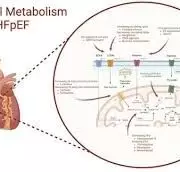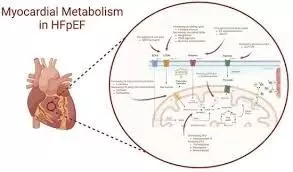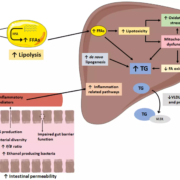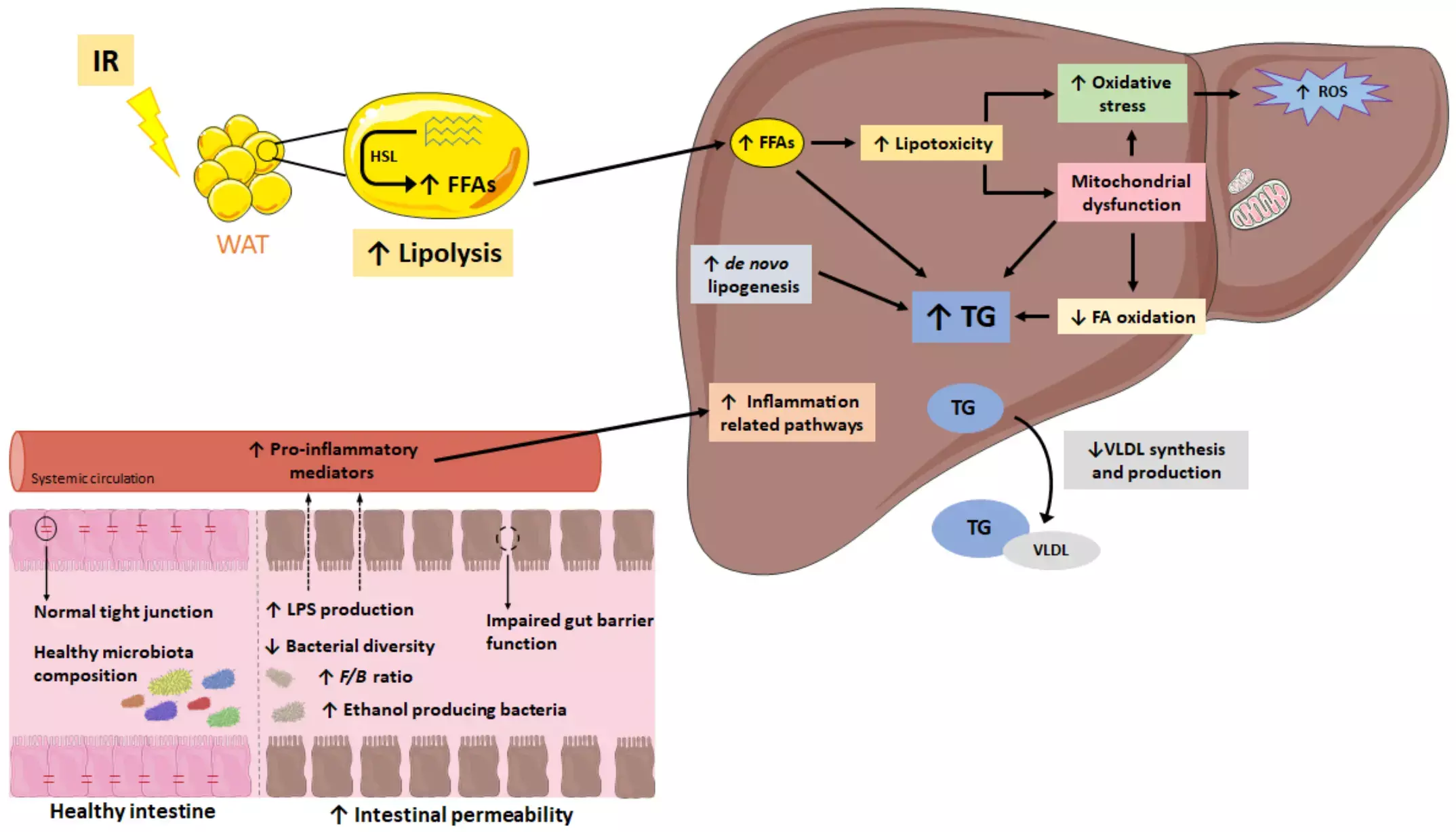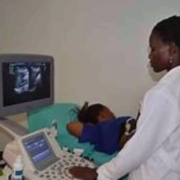Add on SGLT2i or finerenone to RAAS inhibitor may provide kidney and CV protection in diabetics with CKD: Study

Add on SGLT2i or finerenone to RAAS inhibitor may provide kidney and CV protection in diabetics with CKD suggests BMC nephrology.
Given the substantial burden of chronic kidney disease associated with type 2 diabetes, an aggressive approach to treatment is required. Despite the benefits of guideline-directed therapy, there remains a high residual risk of continuing progression of chronic kidney disease and of cardiovascular events. Historically, a linear approach to pharmacologic management of chronic kidney disease has been used, in which drugs are added, then adjusted, optimized, or stopped in a stepwise manner based on their efficacy, toxicity, effects on a patient’s quality of life, and cost. However, there are disadvantages to this approach, which may result in missing a window of opportunity to slow chronic kidney disease progression. Instead, a pillar approach has been proposed to enable earlier treatment that simultaneously targets multiple pathways involved in disease progression.
Combination therapy in patients with chronic kidney disease associated with type 2 diabetes is being investigated in several clinical trials. In this article, we discuss current treatment options for patients with chronic kidney disease associated with type 2 diabetes and provide a rationale for tailored combinations of therapies with complementary mechanisms of action to optimize therapy using a pillar-based treatment strategy.
Reference:
Khan, M.S., Lea, J.P. Kidney and cardiovascular-protective benefits of combination drug therapies in chronic kidney disease associated with type 2 diabetes. BMC Nephrol 25, 248 (2024). https://doi.org/10.1186/s12882-024-03652-5
Powered by WPeMatico




